Affiliate links on Android Authority may earn us a commission. Learn more.
ZTE Axon 9 Pro hands-on
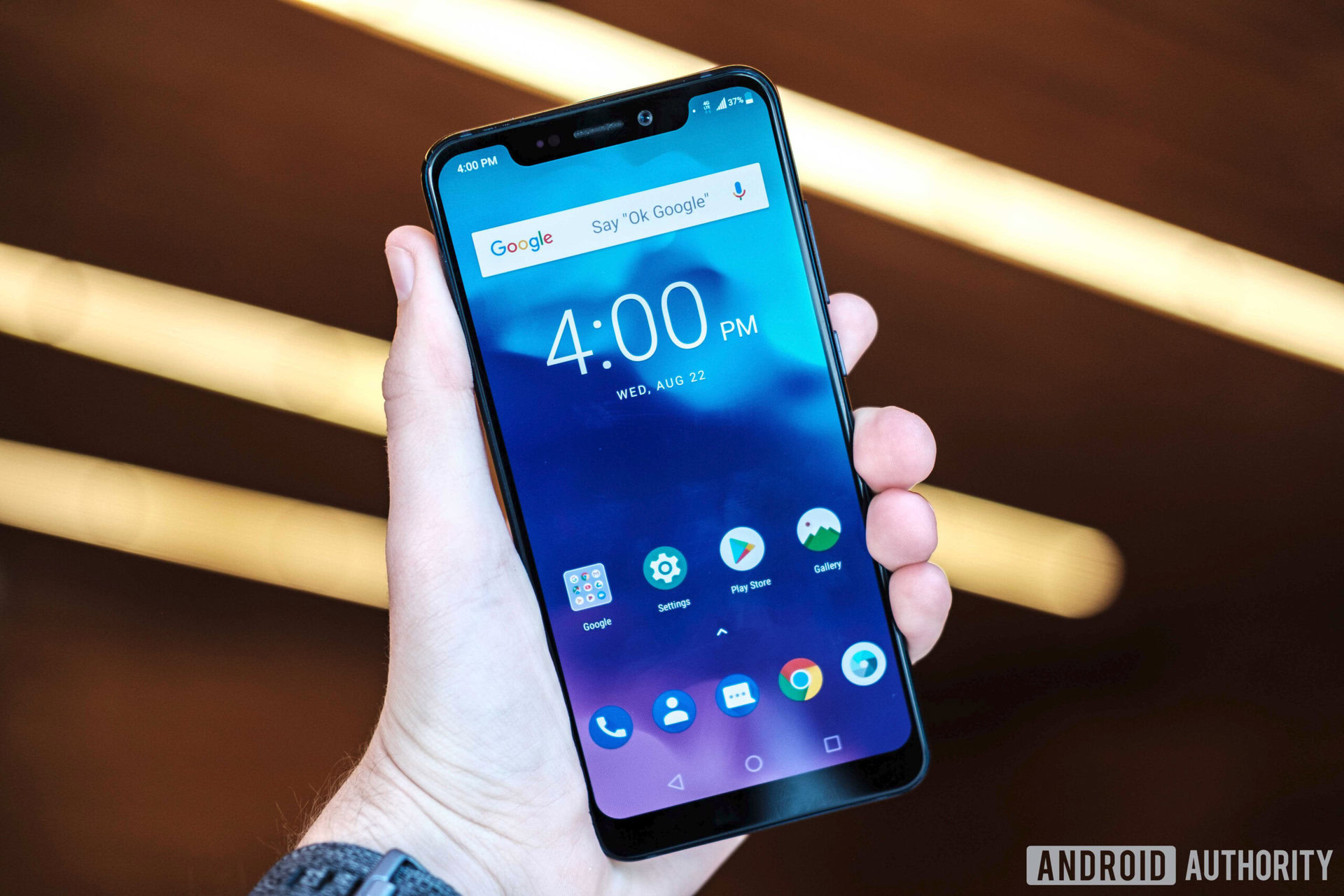
ZTE is having a hard year. Back in May, it was forced to “cease major operating activities” after the U.S. banned the company from buying U.S. goods (such as Qualcomm processors) due to the company violating sanctions against Iran. This ban was reversed after a month, under the condition that the company would have to pay a $1 billion fine to the U.S., with $400,000 extra left in escrow. This put a significant dent in the company’s operations, but ZTE is hoping for a comeback with a device it thinks will bring back the glory days.
Join us as we go hands-on with the ZTE Axon 9 Pro.
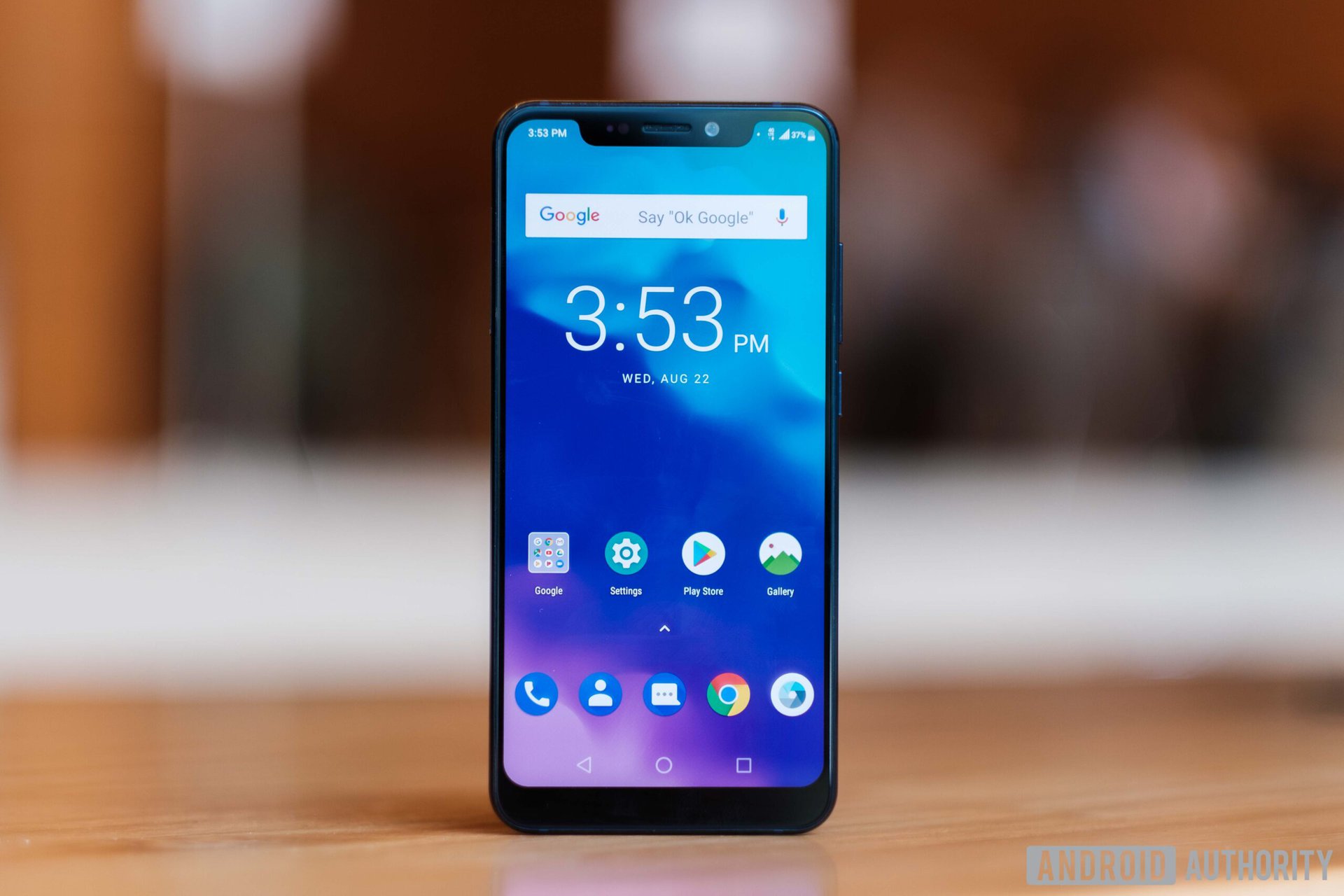
The Axon 9 Pro is a fairly sizable device. At 6.21 inches, its screen is definitely going to catch a few glances, but it’s crowded by a beefier chin and notch than most. Regardless, the 2,248 x 1,080 screen is the most interesting part of this device, due to a specialized chip that makes the viewing experience on this phone different from any other device on the market.
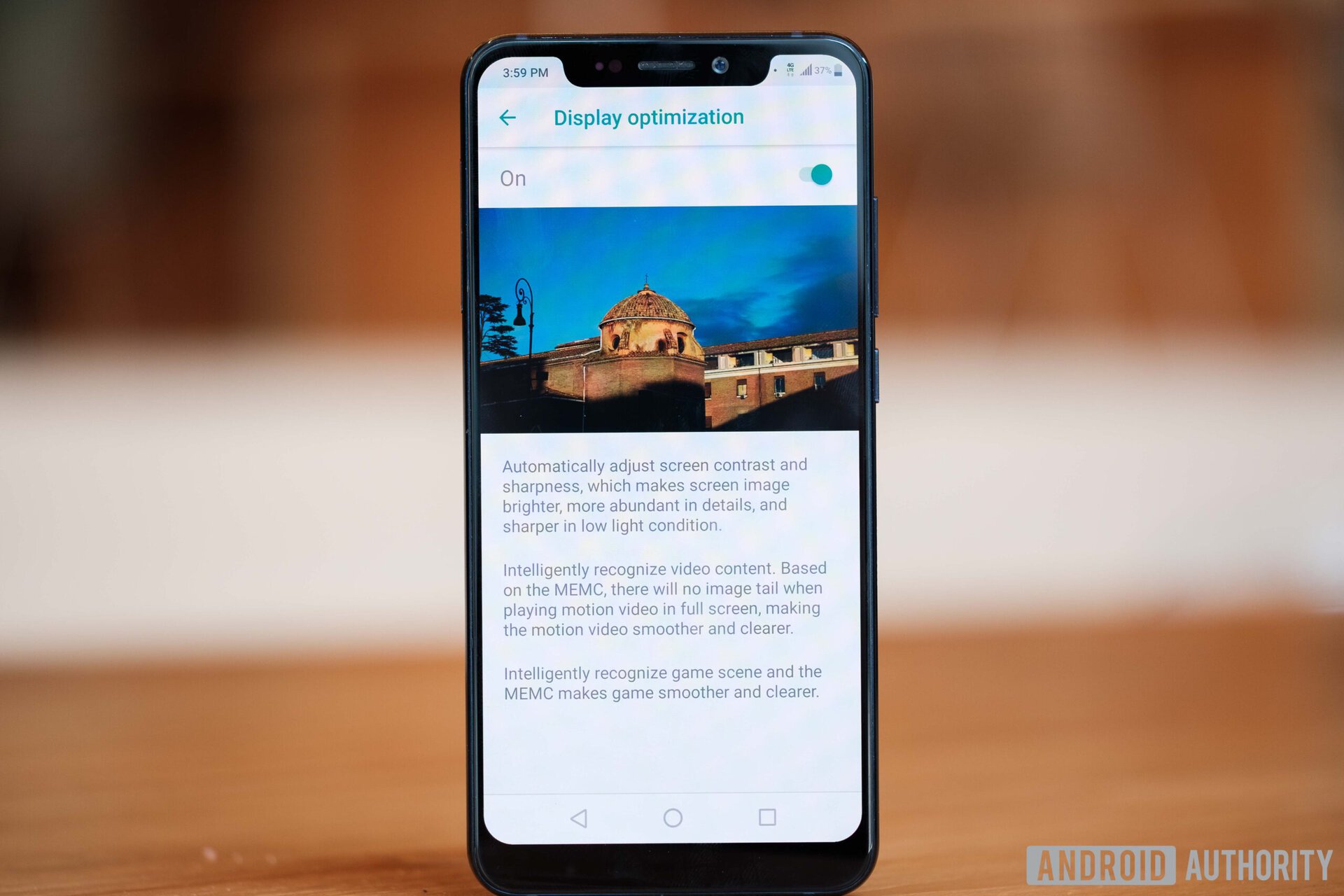
The Axon 9 Pro sports a dedicated display processor separate from the Qualcomm Snapdragon 845 powering the device. This processor interpolates all video data before it reaches the screen, similar to something you would find on a high-end TV. It artificially increases the frame rate of all video to 60fps, including media from local storage, YouTube, and even games.
This design decision is extremely interesting because not all video was made to be viewed at 60 frames per second. Things like movies and YouTube were specifically crafted at 24 and 30 frames per second, and it is a bit odd to artificially interpolate content to a higher frame rate. The biggest benefit I see from this technology is gaming.

In gaming, a higher frame rate almost always directly translates to a better experience. Games like Fortnite are locked to 30fps on mobile, while PC players are playing on frame rates up to 240fps. A higher frame rate almost always translates directly to faster response time in the game, something nearly every gamer wants. Now, I should be clear that simply interpolating extra frames is not going to help you quite as much as truly generated frames, but it should lead to a better experience overall.
This feature can be turned off if you’re not so hot on it. While I would love to try this phone in a gaming scenario, general media is something most people would probably like to keep at their native frame rates.
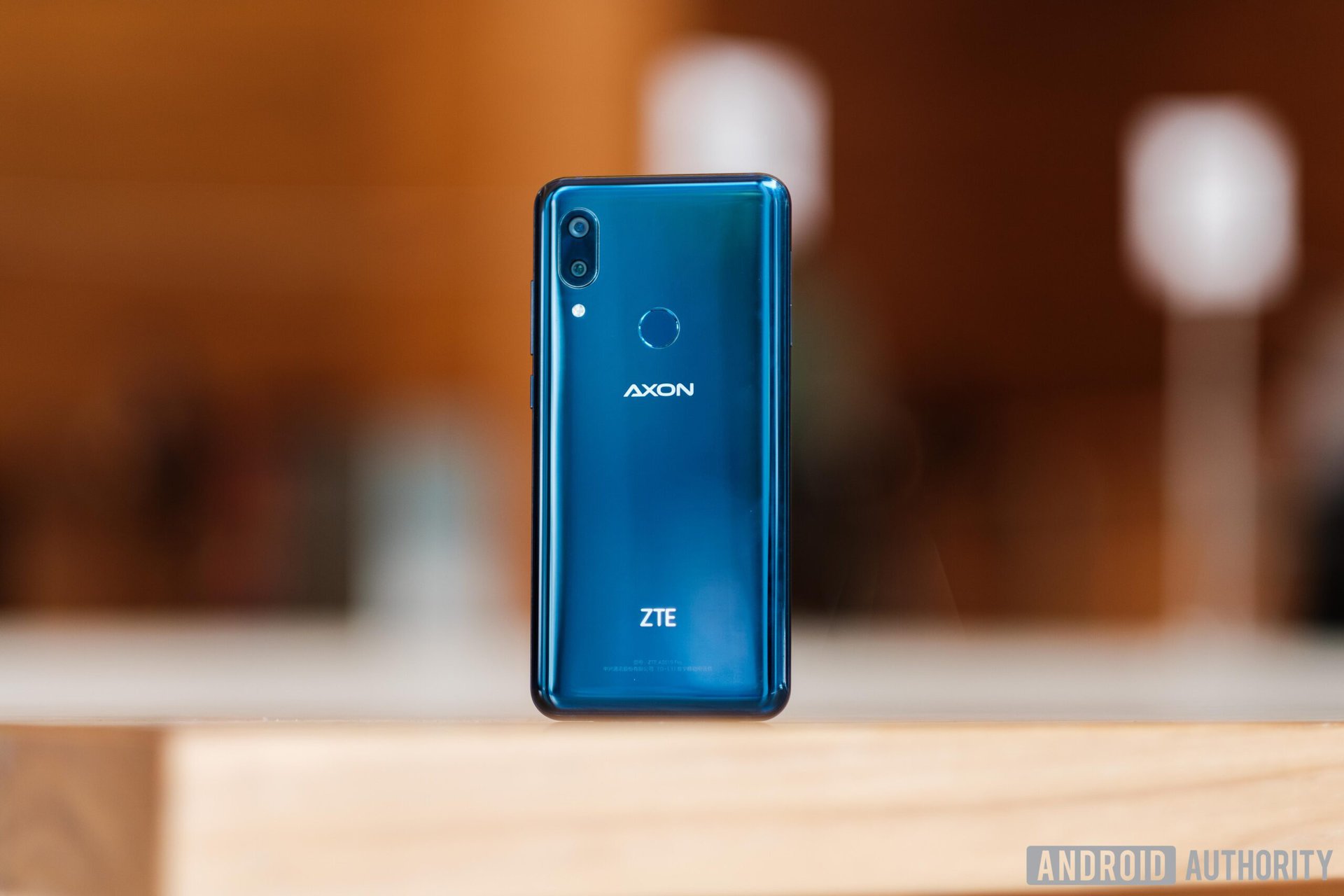
Ignoring the screen, the ZTE Axon 9 Pro has all the specs you would expect out of a 2018 flagship. It’s packing a Qualcomm Snapdragon 845, 6GB of LPDDR4X RAM and 128GB of internal storage, so ZTE is clearly trying to go head-to-head with the giants in the market. You’ll also find a 12MP regular and 20MP super wide-angle rear-facing camera setup on this device, which we will be sure to test rigorously during our camera review process. The 12MP camera is also optically stabilized, so we’re hoping for sharp images.
The camera is housed in a glass chassis we’re not used to seeing on ZTE devices. This phone feels relatively premium in hand, though it doesn’t stand out a lot from the loads other phones in this form factor. There is a fingerprint reader directly above the Axon logo. The phone itself is fairly minimalist, but the orientation of the components on the back of the device feels a bit busy.
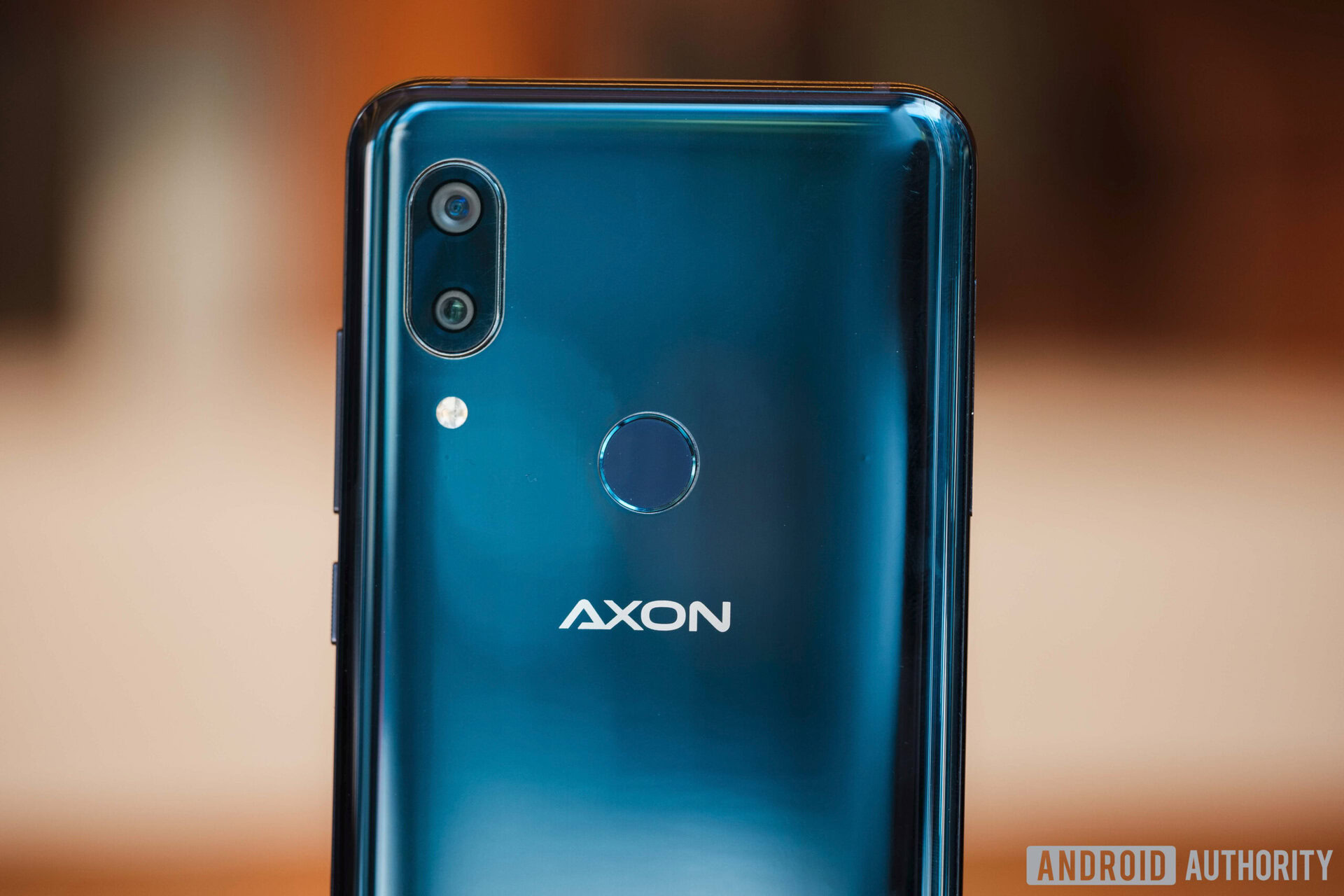
With a 4,000mAh battery, wireless charging, IP68 water resistance and stereo speakers, it really seems like ZTE is trying to deliver an option for fans of the OnePlus 6 who were disappointed by the lack of bells and whistles. At 649 euros (~$757), this could be a good option for the user who wants it all but isn’t willing to spend a thousand bucks to get it.
The ZTE Axon 9 Pro will run Android 8.1 Oreo at launch, but ZTE told me it’s making Android Pie a high priority for the near future. ZTE is calling its software skin “Stock Plus” due to its extremely minimal UI tweaks and use of core Google apps. I quite enjoyed it during my hands-on time, but it will take more testing to see how this UI performs on a daily basis. Even Google’s news feed shows up when you swipe to the right — something usually reserved for Pixel and Android One devices.

What do you think of the ZTE Axon 9 Pro? Interpolating video content seems bold, but I want to see what it does for gaming before I pass it off as a complete gimmick. Let us know your thoughts in the comments down below, and be sure to check out our other Axon 9 Pro coverage below: